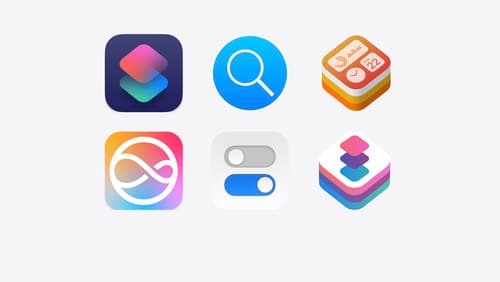how do I make links to my website look good in messages?
Asked on 2024-08-01
1 search
To make links to your website look good in messages, you can follow several best practices mentioned in various WWDC sessions:
-
Use Deep Links: Deep links allow you to direct users to specific content within your app or website, providing a seamless experience. You can create deep links in App Store Connect for custom product pages, which can be used in ads or social media campaigns. This ensures that users land on the most relevant page when they click on your link.
- For more details, see the What’s new in App Store Connect session.
-
Universal Links: Universal links help people access your content whether or not they have your app installed. You can represent your app entities as having a URL representation, making them shareable and allowing actions to open the URL.
- For more details, see the What’s new in App Intents session.
-
Open Graph Metadata: Ensure your website includes Open Graph metadata. This helps in properly representing your website when shared on social media or other platforms. It includes setting high-resolution icons and relevant meta tags in the page's head tag.
- For more details, see the Streamline sign-in with passkey upgrades and credential managers session.
-
Semantic Tags: Use semantic tags in your URLs to create tappable tiles and enhance the user experience. This is particularly useful for linking out to external experiences or integrating with other services.
- For more details, see the What’s new in Wallet and Apple Pay session.
By following these guidelines, you can ensure that your links are not only functional but also visually appealing and contextually relevant, enhancing the overall user experience.

What’s new in App Intents
Learn about improvements and all-new features with App Intents, and discover how this framework can help you expose your app’s functionality to Siri, Spotlight, Shortcuts, and more. We’ll show you how to make your entities more meaningful to the platform with the Transferable API, File Representations, new IntentFile APIs, and Spotlight Indexing, opening up powerful functionality in Siri and the Shortcuts app. Empower your intents to take people deep into your app with URL Representable Entities. Explore new techniques to model your entities and intents with new APIs for error handling and union values.

What’s new in App Store Connect
Explore new features for discovery, testing, and marketing. Find out how to nominate your apps for featuring on the App Store, share exciting moments (like a version launch) with marketing assets generated for you, deep link to specific content in your app from custom product pages, use the latest enhancements to TestFlight, and more.

What’s new in Wallet and Apple Pay
Take passes and payments to the next level with new enhancements to Wallet and Apple Pay. Make your event tickets shine with rich pass designs in Wallet, and bring great Apple Pay experiences to even more people with third-party browser support. We’ll also look at how to disburse funds with Apple Pay on the Web and highlight new API changes that help you integrate Apple Pay into even more purchasing flows.
